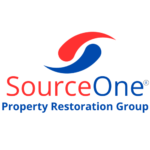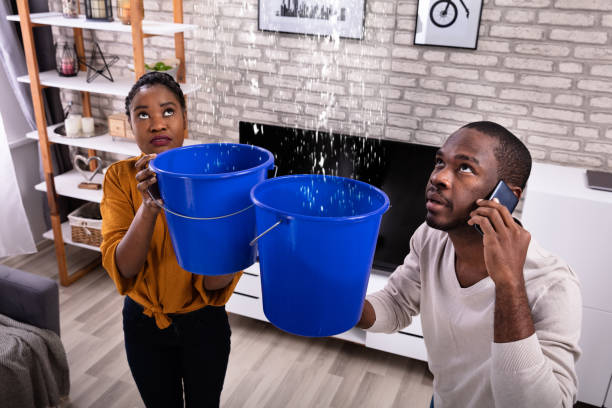24/7 Emergency Service
FIRE | WATER | MOLD | BIOHAZARD
Biohazard & Crime Scene Cleanup
Facing an unexpected biohazard at home or in your business? . From accidents to illnesses, hazardous situations demand professional attention. At SourceOne Property Restoration Group in Fort Lauderdale, Florida, our Ready Team specializes in comprehensive biohazard cleanup services.
Facing an unexpected biohazard at home or in your business? From crime scene cleanup to illnesses, hazardous situations demand professional attention. At SourceOne Property Restoration Group in Fort Lauderdale, Florida, our Ready Team specializes in comprehensive biohazard cleanup services. We prioritize your safety and peace of mind, ensuring a swift, respectful, and thorough cleanup process. Our experts are trained in handling delicate situations, including blood cleanup and decontamination from illnesses, to restore your space to a secure, sanitary condition. Trust SourceOne to care for your environment, allowing you to concentrate on what’s truly important.
- FAQ
Biohazard & Crime Scene Cleanup
Biohazard remediation focuses on the thorough cleansing, disinfection, and neutralizing odors in spaces affected by distressing incidents like injuries, fatalities, or the spread of infectious diseases. Unlike conventional cleaning, this specialized service targets the safe elimination of dangerous organisms and hazardous substances, such as blood and other bodily fluids.
Biohazard remediation is often necessary in a variety of circumstances, such as after violent crimes or homicides, instances of self-harm or unattended demise, accidents leading to the release of blood and bodily fluids, extreme hoarding cases, and encounters with chemical dangers. These incidents involve materials that pose significant health threats unless they are correctly sanitized and cleaned.
The Occupational Safety and Health Administration (OSHA) has established specific guidelines for biohazard cleanup, primarily focused on protecting workers from exposure to bloodborne pathogens. Here are some key aspects of OSHA’s regulations:
- Bloodborne Pathogens Standard (29 CFR 1910.1030): This standard is the primary OSHA regulation that applies to biohazard cleanup. It requires employers to implement a written exposure control plan designed to eliminate or minimize employee exposure to blood and other potentially infectious materials (OPIM).
- Personal Protective Equipment (PPE): Employers must provide appropriate PPE to workers involved in biohazard cleanup, such as gloves, gowns, eye protection, and masks, at no cost to the employees. Training on the proper use of PPE is also required.
- Hepatitis B Vaccination: OSHA mandates that employers offer the Hepatitis B vaccine series to all workers who have occupational exposure to bloodborne pathogens, again at no cost to the employees.
- Training: Employees must receive training on bloodborne pathogens and the precautions to take when dealing with hazardous materials. This training must be provided at the time of initial assignment to tasks where occupational exposure may occur and annually thereafter.
- Use of Universal Precautions: OSHA requires the application of universal precautions, assuming that all blood and OPIM are infectious for HIV, HBV, and other bloodborne pathogens. This approach requires treating all human blood and certain human body fluids as if they were known to be infectious.
- Proper Handling and Disposal: The guidelines also specify proper handling, labeling, and disposal of biohazardous waste. Biohazard cleanup crews must use regulated waste containers that are closable, constructed to contain all contents, and prevent leakage of fluids during handling, storage, transport, or shipping.
- Decontamination and Cleaning: The area must be properly decontaminated and cleaned using EPA-registered disinfectants that are effective against bloodborne pathogens. All equipment and work surfaces must be decontaminated after contact with blood or OPIM.
- Recordkeeping: Employers are required to keep medical records for employees with occupational exposure to bloodborne pathogens and training records accessible.
Your best course of action…
Engaging a specialized restoration firm is crucial for adhering to the stringent standards and protocols established by the Institute of Inspection Cleaning and Restoration Certification (IICRC). SourceOne holds the necessary certification to implement the correct cleaning methods in situations involving biohazards, ensuring safety and compliance with industry regulations. These guidelines are designed to ensure the safety of workers handling biohazardous materials, reducing the risk of exposure to infectious diseases. For detailed information and updates, it’s important to refer directly to OSHA’s standards and guidance documents.



